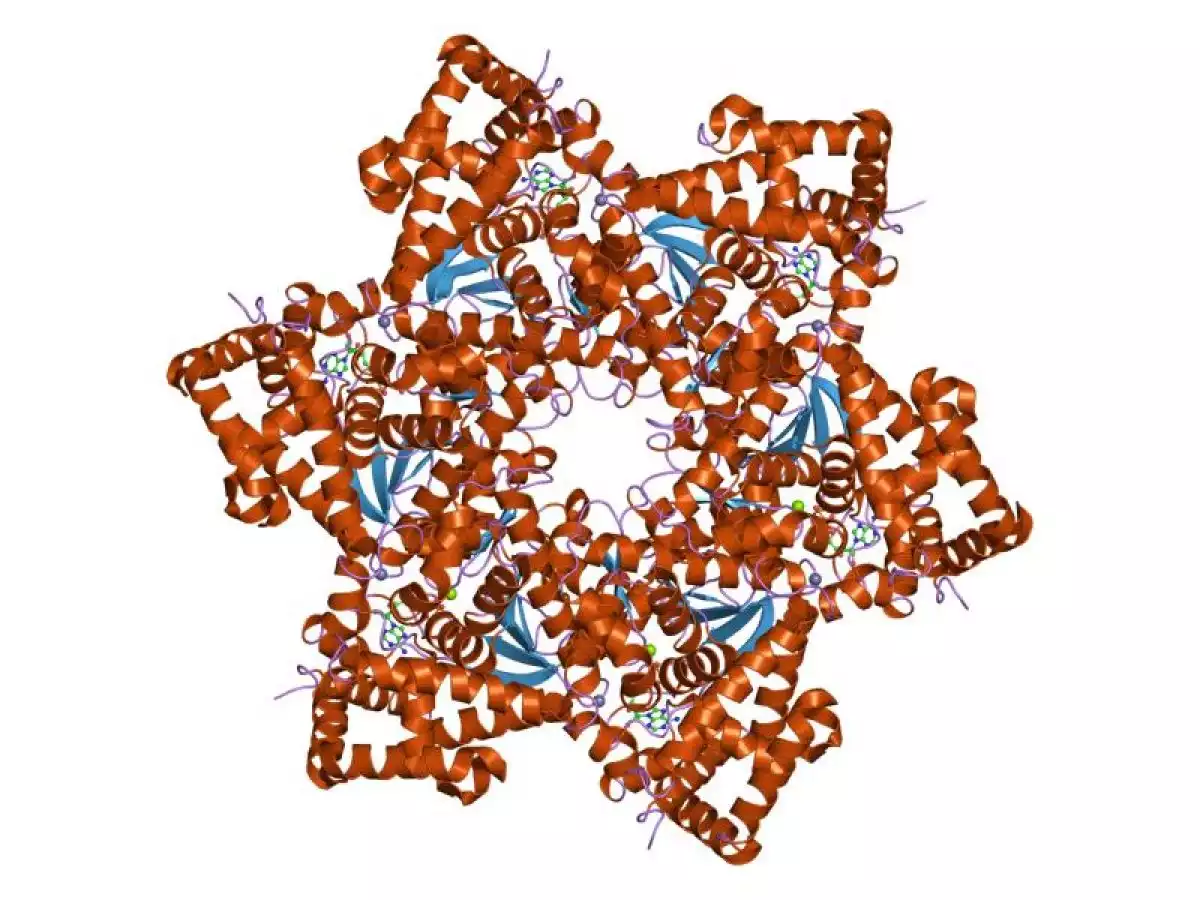
One of the main risk factors for the development of multiple types of cancer is the Human Papillomavirus infection, a sexually transmitted disease that causes the appearance of warts and that can be very difficult to detect.
In this article, we are going to talk about what the human papillomavirus is, what symptoms characterize it and what are the differences between men and women in relation to the risk of suffering the different types of cancer to which the infection is associated.
What is HPV?
The human papillomavirus or HPV is part of the family of Papillomaviridae, the origin of a large number of viruses. Among these, a bit more than 100 affect humans, and in particular the squamous cells (also called "flat") of the epithelial tissue of the vagina or urethra, although the respiratory tract, the anus or the mucous membranes, in general, can also get infected.
Human papillomavirus infection is one of the most common sexually transmitted diseases in the world, along with gonorrhea, syphilis and the human immunodeficiency virus or HIV, from which AIDS (acquired immune deficiency syndrome) develops.
However, the human papillomavirus is not only transmitted through sexual intercourse, but you can also get infected in other ways -fundamentally in swimming pools, public toilets and different similar contexts. The genital warts characteristics of this infection, to which we will refer in the following section, are responsible for the majority of infections.
Although in most cases, the virus disappears between two and three years after the contagion, sometimes the infection lasts longer. When this happens, cells suffer alterations that increase the risk of cancer.
The severity of the infection and, in particular, the increased possibility that the affected cells become cancerous, depends primarily on the type of human papillomavirus that has been contracted. More specifically, it is currently believed that the most carcinogenic types are 16, 18, 31 and 45, while 33, 35, 39, 51, 52, 56, 58, 59 and 66 have a lower risk (at least in relation to cervical cancer).
HPV symptoms
The most characteristic symptom of papillomavirus is genital warts, which are also the most contagious variant. However, these warts can appear in many parts of the skin, as well as on mucous membranes.
Among the regions of the body most likely to develop HPV warts, we can stand out, in addition to the genitals, the anus, the palms of the hands or the soles of the feet (where they tend to grow inward, causing pain when walking). It is also relatively common for them to appear on nails, arms or face, as well as in the larynx and other areas of the respiratory tract. This last type of infection, laryngeal papillomatosis, can hinder breathing and favor the appearance of malignant tumors, which is why surgery is often carried out to remove warts.
As we will see later, the symptoms of the human papillomavirus can vary very significantly depending on the biological sex of the person affected. This fact includes differences between sexes in the risk of developing different types of cancer, although it is not only limited to such variations.

Risk of cancer (HPV in men and woman)
Infections caused by the human papillomavirus can modify the cells of the adjacent tissue making them cancerous; in fact, it is estimated that just over 5% of all cancers can be attributed to this disease, and the percentage is even higher when we talk about the poorest countries.
Cervical (neck of the uterus) cancer is a common consequence of the human papillomavirus in women, as well as, to a lesser extent, the vulva and the vagina cancer.
Both anal and oropharyngeal cancers are associated with human papillomavirus infection in men and women, although the former is a bit more common in females and the latter is much more common in males. In men, there is a high risk of developing penile cancer.
Another important difference between men and women in the context of the human papillomavirus has to do with the diagnosis of the infection. Currently, the Papanicolaou test is useful to detect the papillomavirus in women, but in the case of men this can be more difficult and sometimes the presence of warts in some areas of the body may be the only sign used for diagnosis.
